To appreciate the Indian seasons, it helps to first take a step back, take a deep breath, and consider that India is truly not just massive, but also has an incredibly diverse set of geographical features.
Being a subtropical country, it is not surprising that India can be hot… In fact, it can get hotter than 50°C…
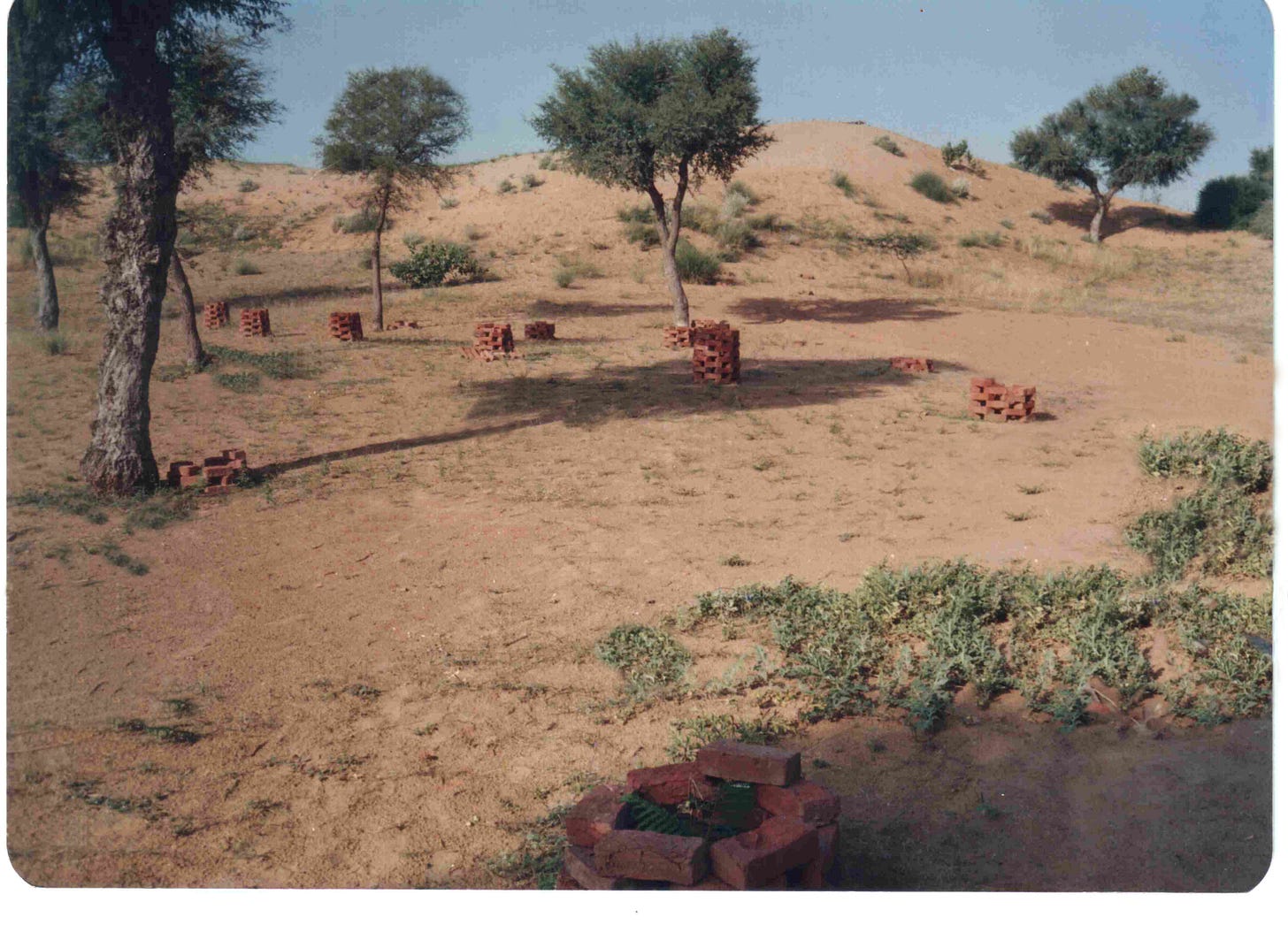
But India can also be as cold as -50°C (with annual snowfall of 35 feet, which is as high as a three-storey building, to match!)…
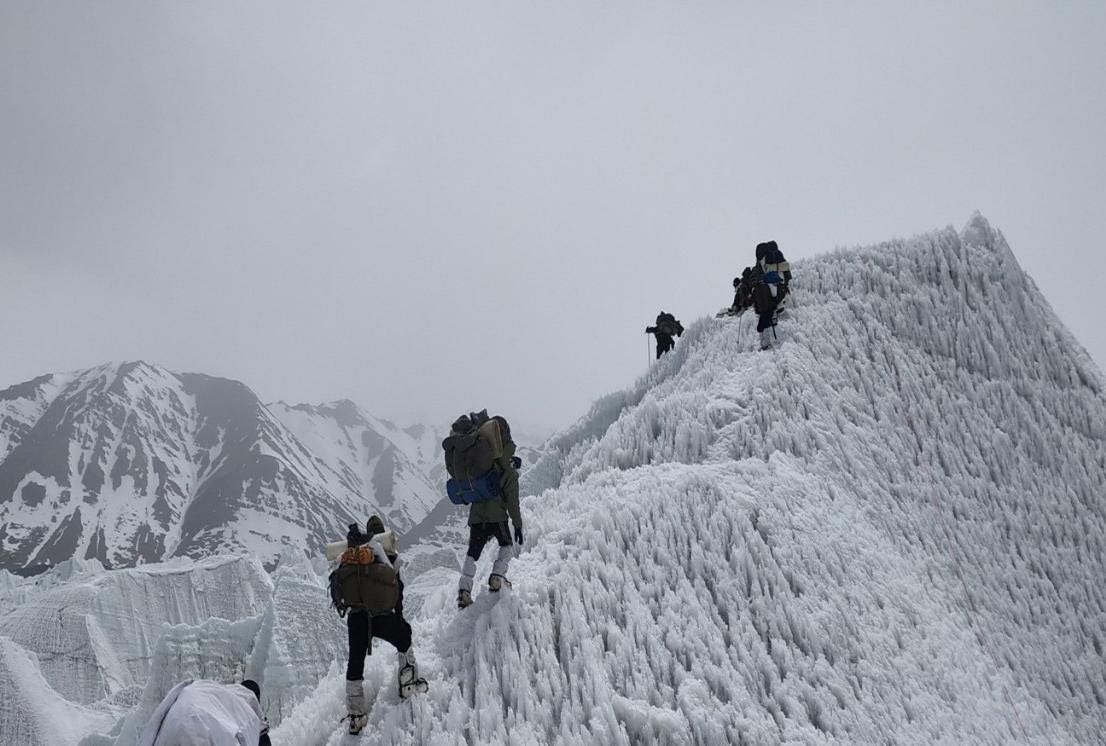
In fact, we operate in this area as part of our Ladakh tours…
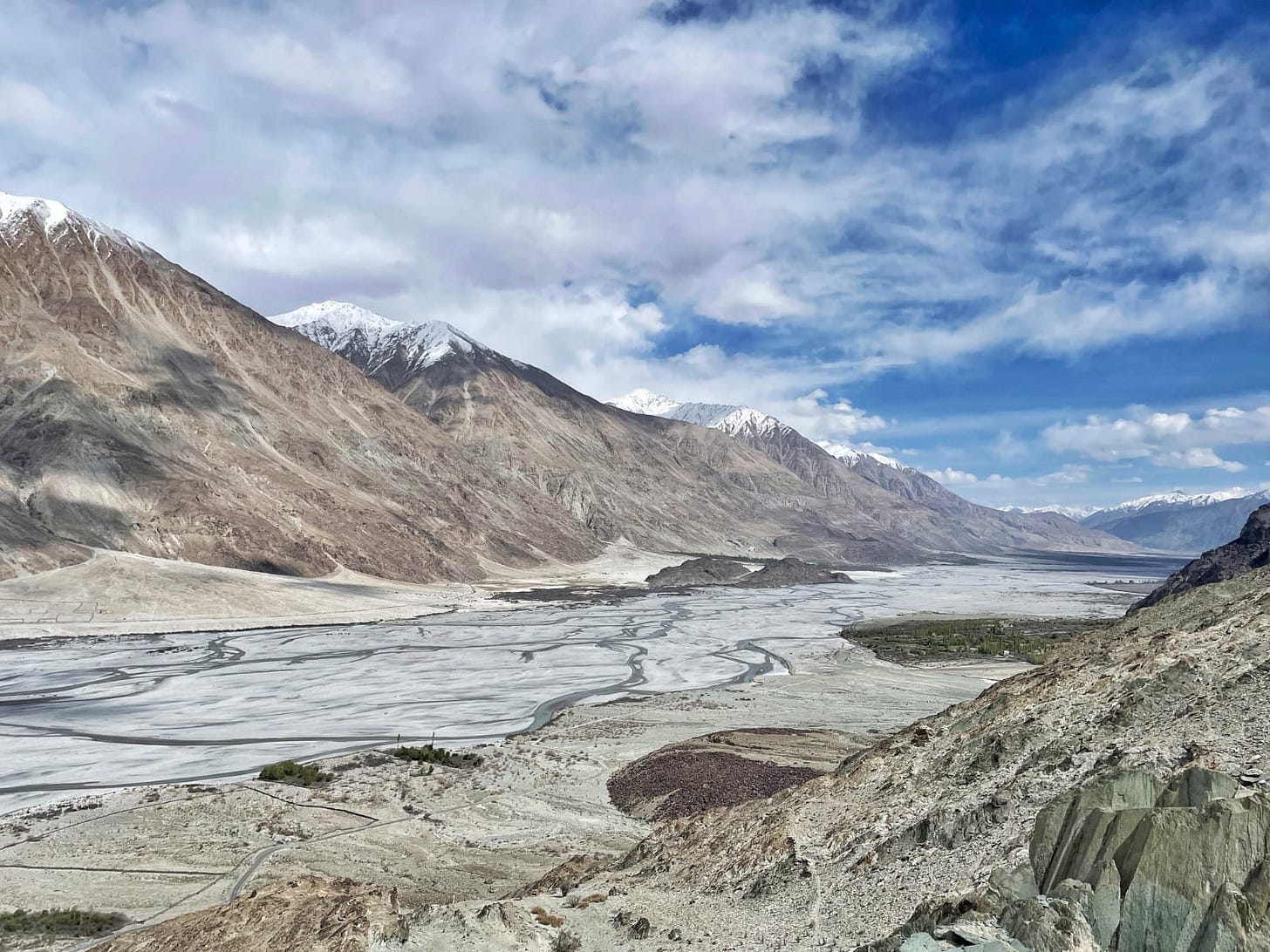
… and we are planning to launch our next packrafting trip in the valley of the same region!
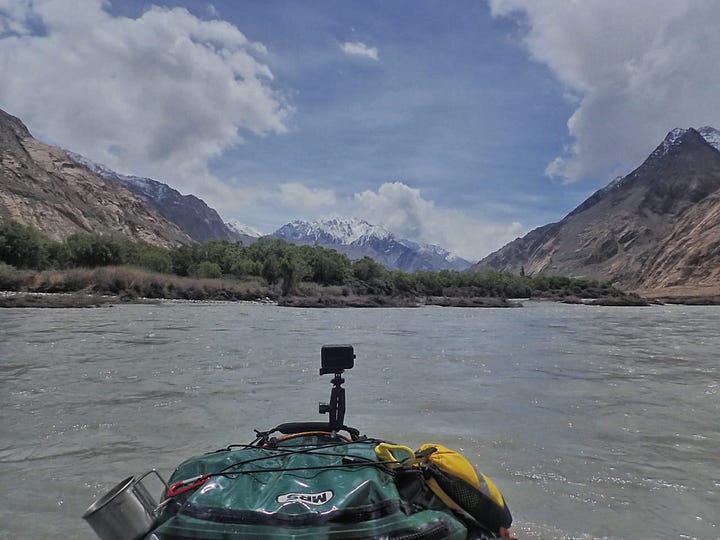
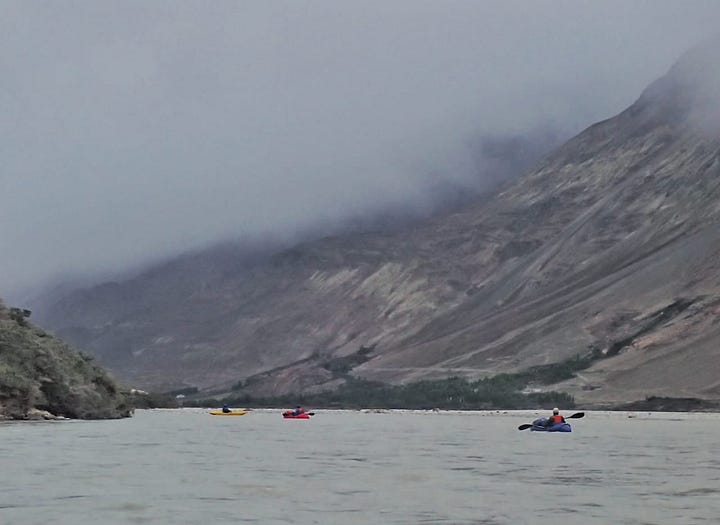
India has both hot and cold deserts that receive almost no rainfall annually…
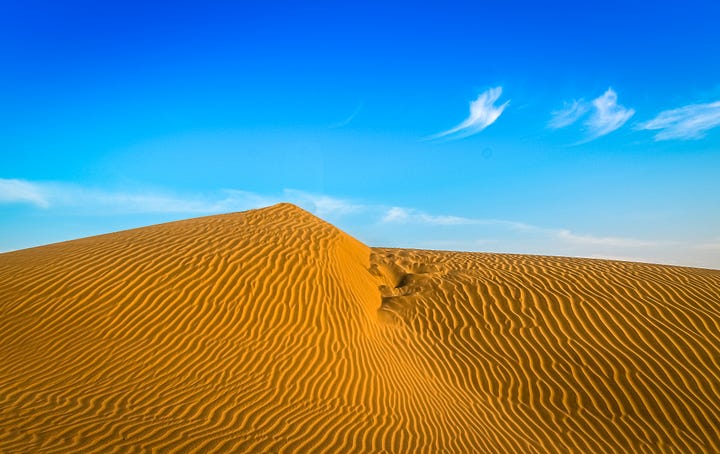
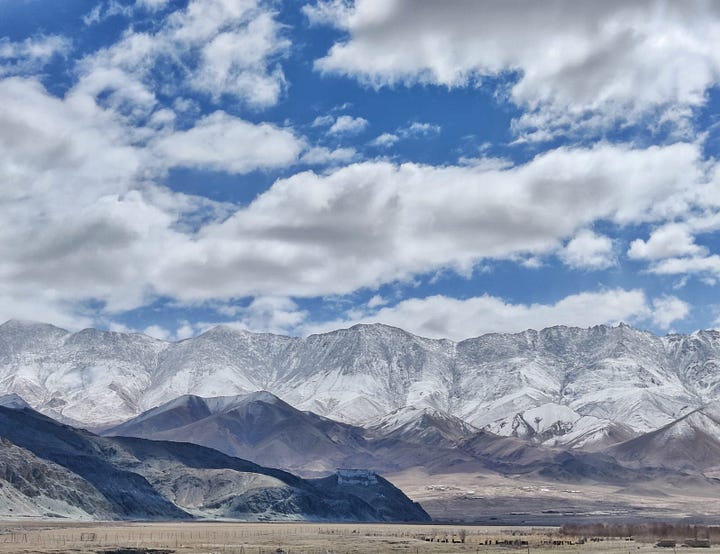
…and the place highest annual rainfall in the world is also located in India… we love the rain too, so we have a place to appreciate the rains from on our charter!


And Spring in India is spectacular, no matter where you are; the Sweet Valley Crossing is one such example…
…and the same can be said of the Binsar Forest Trail!
The seasons in India have been viewed in different ways; much of India traditionally considers the existence of six seasons: Vasanta (Spring), Grishma (Summer), Varsha (Monsoon), Sharad (Autumn), Hemanta (Pre-winter), and Shishir (Winter), though there are other ways in which seasons are understood, and there are variations to this schema—India has a vast variety of regional climates and microclimates. The traditional schema can be traced back to ancient India; for example, it is attested in the Sanskrit composition, Ritusamhara (dated between 1st and 6th century CE).
The India Meteorological Department (IMD) defines four meteorological seasons: Winter, Pre-Monsoon (Summer), Monsoon (Southwest Monsoon), and Post-Monsoon (Northeast Monsoon).
According to the Koeppen climate classification for India, all five main climate groups are present in India: A (tropical), B (arid), C (temperate), D (continental), and E (polar).
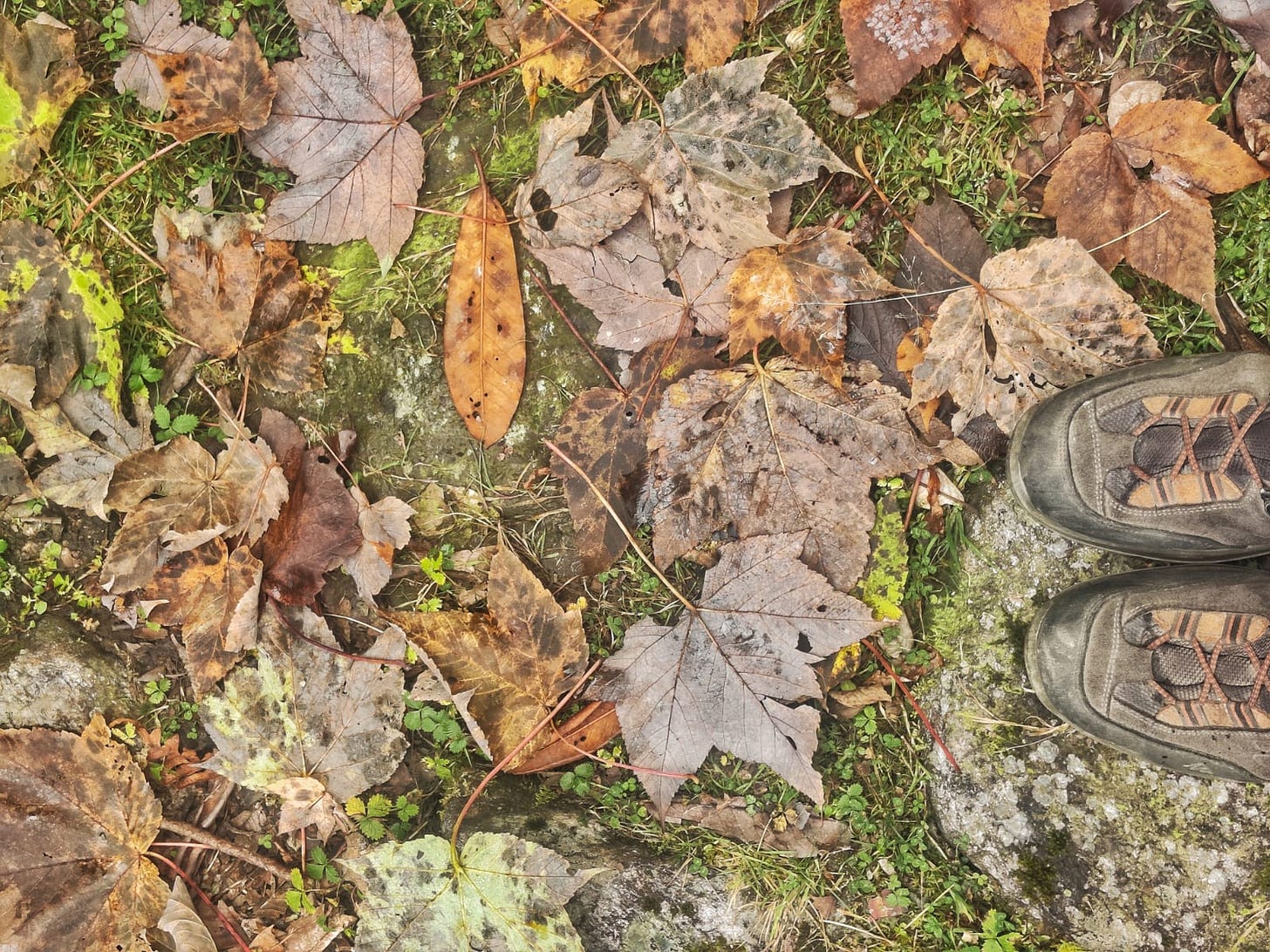
No matter the preference, India has a bit of something for all kinds of people…

…though, it’s hard to look away from the impact of anthropogenic climate change. That said, seasons and climate are just one of the many things that characterize a place, but there are also factors such as the nature of the landscape, the ecological diversity, history, culture, and so on…
…and of course, there are places, like this tiny village, where some views would transport us as if to another world beyond the clouds, beyond the ebb and flow of seasons and time, something untouched by the impact of human habitation…
However, truth be told, despite people stumbling so often and messing up so much, human beings are as beautiful a part of this world as anything else. At Knowhere Travel Company, we take a keen interest in not just ‘tourism destinations’, but in the lives and cultures of the people who are the soul of a place, and of course, in the intersectional history that may be relevant…
We are a travel company, and thus, of course, we are interested in the story of human travel and migrations. We wonder… if we were to tell this story, where should we start? Perhaps as the song goes—“Let’s start at the very beginning, a very good place to start…”

You can read the previous versions here:





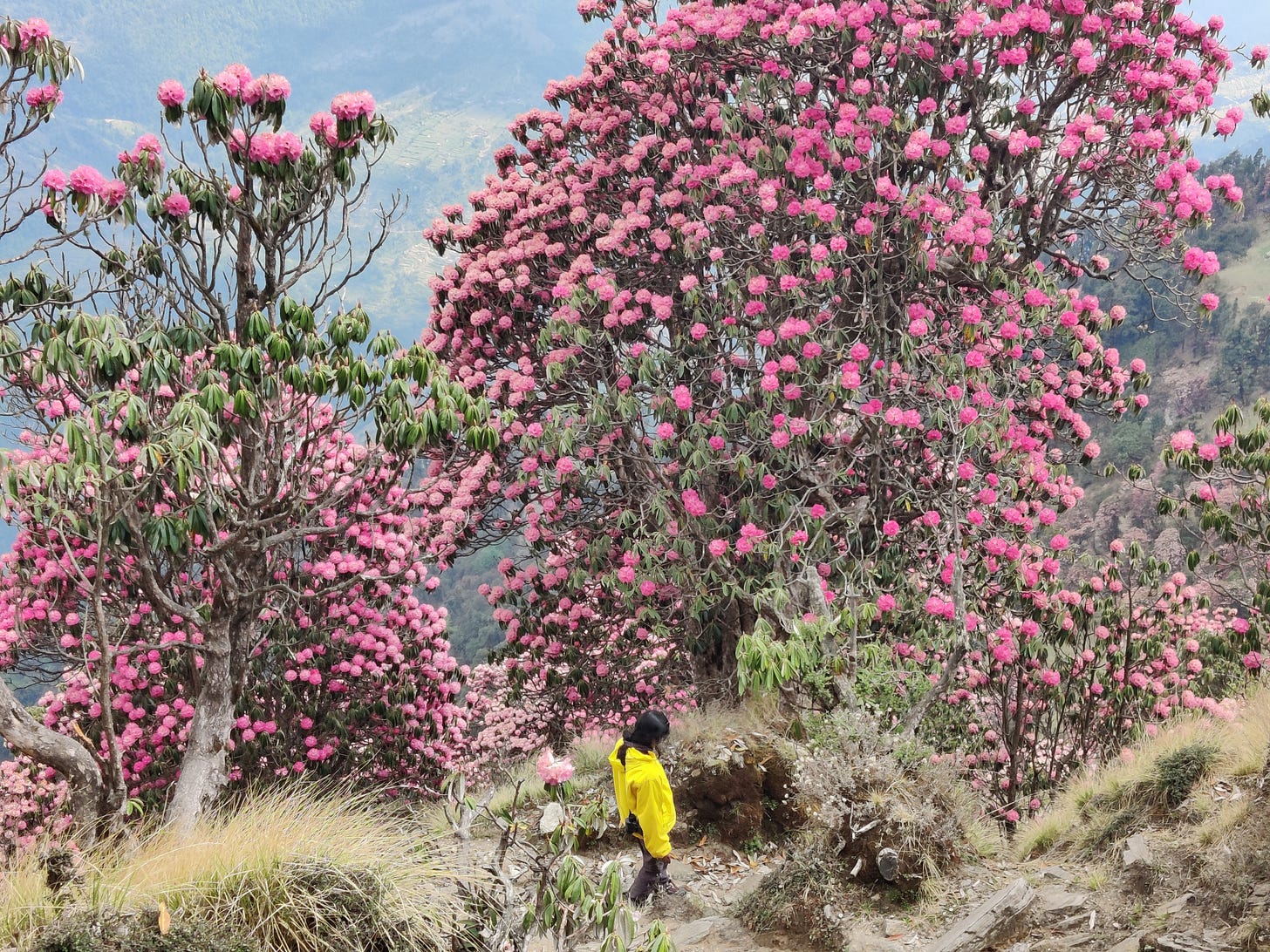


This is an amazing article. Thank you for this. I have the bindar trail on my to do list. Hope to catch it next year.
Your articles are getting very interesting and piques my interest to read further. Keep going